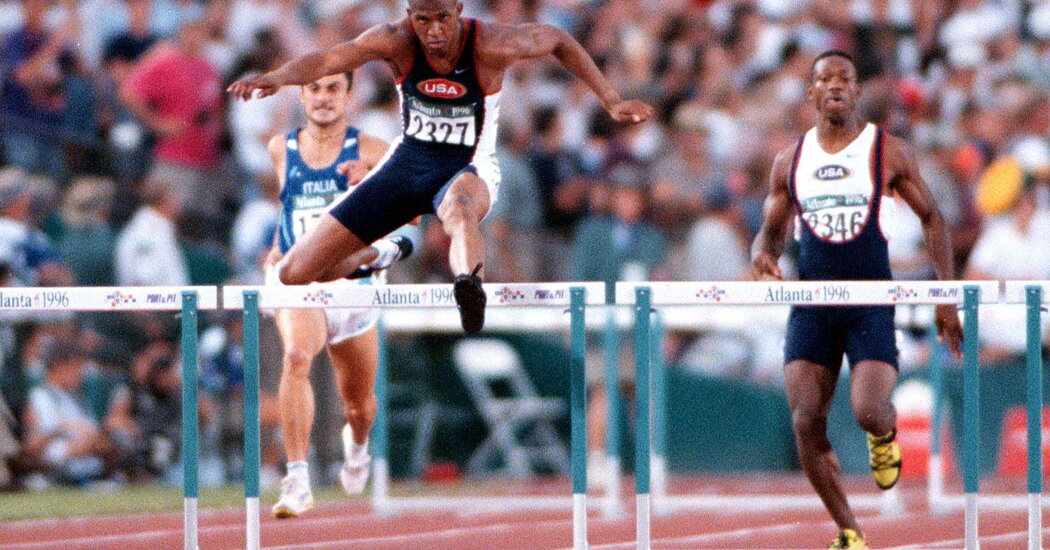
Adkins’s story is a cautionary tale, however, especially as the indoor track season starts and runners of all ages and speeds start going over hurdles again. Hurdlers run so fast these days that they can lose their coordination as they prepare to jump, leading to painful, high-speed crashes.
Jim Hurt, who recently retired after 39 years coaching track and field at St. John’s University in Queens, N.Y., said running coaches had started paying attention to the possibility of brain injuries only in the last decade or so, in large part because of the attention given to traumatic brain injuries in contact sports.
“Concussions became much more of an issue,” Hurt said. “The chance for a concussion is low in track, and it would be a rare occurrence, but any time a kid would fall and hit his head, it’s something you want to be concerned about.”
Runners at St. John’s and other colleges and high schools take a cognitive test before the season so that if they experience a head injury, there is a baseline to compare their brain function with when coaches are determining if they are ready to compete again.
Some runners are being more carful about hurdling in wet or windy conditions. Grant Holloway, the silver medalist in the 110-meter hurdles at the Tokyo Olympics, was criticized for pulling out of a race in Bermuda in April because of high winds. Adkins said Holloway had made the right decision.
And yet, as Adkins has begun speaking publicly about his experiences, he still finds that plenty of runners and coaches rarely think about head injuries and the lasting damage they can cause. Track athletes, he said, will spend months nursing a muscle strain but think nothing of racing or pole vaulting with a foggy head or dizziness. Your brain is more important than your hamstring; treat it that way.
“My message is, if an athlete hits their head, even once, they should get their head checked out, preferably through a brain scan,” Adkins said. “Don’t examine and treat the bodily injuries only like my trainers did with me. Examine the head as well, and be vigilant about the fact that emotional difficulties may result, not just head pain.”